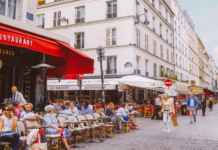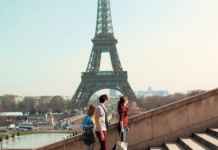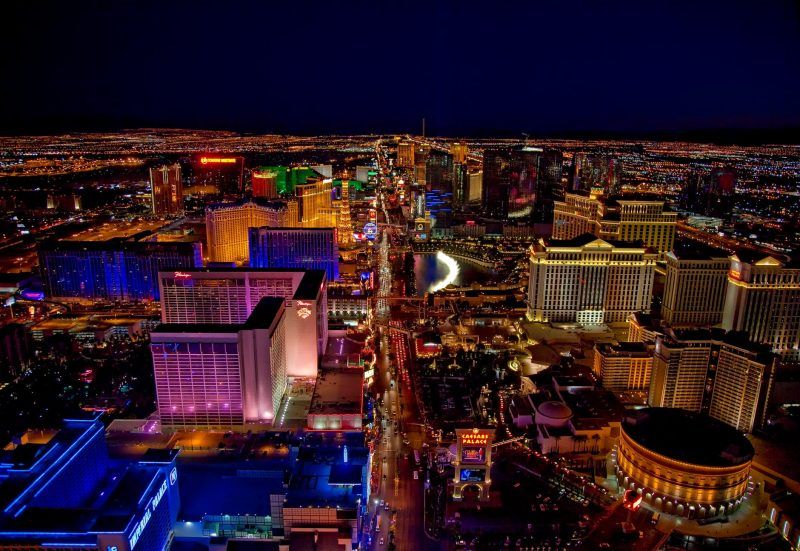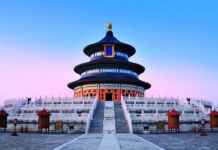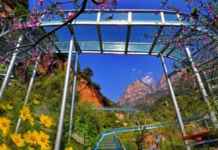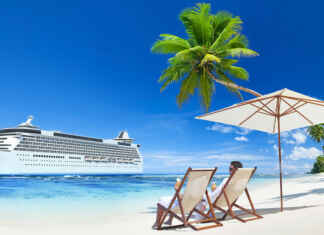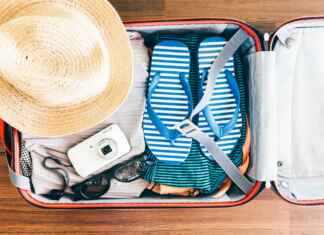Shanghai is the largest, highly populated and the most developed city of China. Shanghai is a fascinating mix of East and West. In addition to its modernization, Shanghai’s multicultural flair endows Shanghai with a unique glamour. Here, one finds the perfect blend of cultures, the modern and the traditional , and the western and the oriental. There is a saying that goes, “Shanghai is heaven for the rich, hell for the poor,” People from all over China flock to Shanghai — everyone from farmers seeking jobs in manual labour to university graduates seeking to start a career or wanting to live in a cool up-tempo city. Even well-off people, though, complain that buying a home is becoming impossible; prices have skyrocketed in the last few years.
Peak Season:
September and October are really the ideal times to visit, but they’re also popular times for meetings and conventions, leading to high hotel occupancy and uncompetitive room rates. Although Shanghai is full of tourists and business travelers around the year and mostly May through October. July and August are unpleasantly hot and humid as a rule; locals often sleep on cots on the sidewalks to escape the pent-up heat of the day in their small apartments, so avoid these months. Shanghai’s busiest tourist periods coincide with its mildest weather in the spring and fall.
Sights of Attractions:
The Bund: The Bund is one of the most recognizable architectural symbols of Shanghai. It became the perfect example of refined quality of gracefulness during Shanghai’s history as a city of trade. But now many other new and attractive constructions are added along with these historic buildings. Atop the 771-metre long retaining wall which was built for flood control is a spacious walkway for sightseeing. Covered with colorful tiles and dotted with flower beds and European-style garden lights it is a good place for a slow ramble and a view of the Huangpu River.
Yuyuan Garden: Yuyuan Garden is believed to have been built in the Ming Dynasty, more than 400 years ago. The exquisite layout, beautiful scenery and the artistic style of the garden architecture have made the garden one of the highlights of Shanghai. Yuyuan literally translated means Happy Garden. With numerous rock and tree garden areas, ponds, dragon-lined walls and numerous doorways and zigzagging bridges separating the various garden areas and pavilions.
Circus World: Shanghai Circus World has been renowned as “China’s No 1 Circus World”. Situated at Gonghe Xin Lu Road, it has been a popular attraction integrating circus, acrobatic, magic, dancing and music performances. The glittering Shanghai Circus World has been well known internationally. The prominent Shanghai Acrobatic Troupe gives its sensational performances here on a regular basis. Now the place has become the center for national and international acrobatic and circus performances exhibitions and exchanges.
Places to change money in Shanghai:
There are currency exchange services at Shanghai Pudongl International Airport and top-end (Normally 4 stars to 5 stars) hotels. All branches of Bank of China and other large banks offers currency exchange services. Look for a signwhen you walk into a bank outlet.
Changing money can be done in a number of other ways as well. Foreign exchange counters at most border crossings and international airports. Although, as with hotels everywhere, they charge a commission for exchanging your money. Banks of China will exchange money and travelers checks, but not all of the other chinese banks do so. It is a requirement that you produce your passport to complete the transaction. Banks will only accept foreign bank notes that are undamaged. Notes that are even slightly torn will be rejected. Make sure that you keep one or two of your exchange receipts, which you’ll need to change it back again. You can exchange renminbi for Hong Kong dollars in Hong Kong.
Clothes to wear:
You will be better off by making sure you have comfortable shoes (both sneakers and some sandals for your trip. Bring light weight jeans and/or khakis and some light weight shirts. Then based on where you are staying in Beijing and/or Shanghai, you can always pick up some additional shirts and a jacket if needed from the local markets. Shoes are much harder to find especially if you need some larger size ones.
It is humid in Shanghai all year around, so some say that makes the cold more penetrating. Dress warmly in layers with scarves and gloves of some sort. The wind chill temperature will definitely be below 0C. Carry an extra pair of shoes for all travelers in case one pair gets wet in an odd slushy snowfall which might occur. No one really shovels this wet snow very much. It sits there until it melts.
Legal Cautions:
Visa and other entry and exit conditions (such as currency, customs and quarantine regulations) change regularly. Contact the nearest Embassy or Consulate of China for the most up to date information and don’t avoid that. Your passport must be valid for at least six months after the duration of your intended stay and you must also be able to provide evidence of a return or onward ticket. A visa is required for all travellers to China whether for tourism, business, employment or study purposes. You should ensure that you obtain the appropriate visa for the purpose of your visit.

